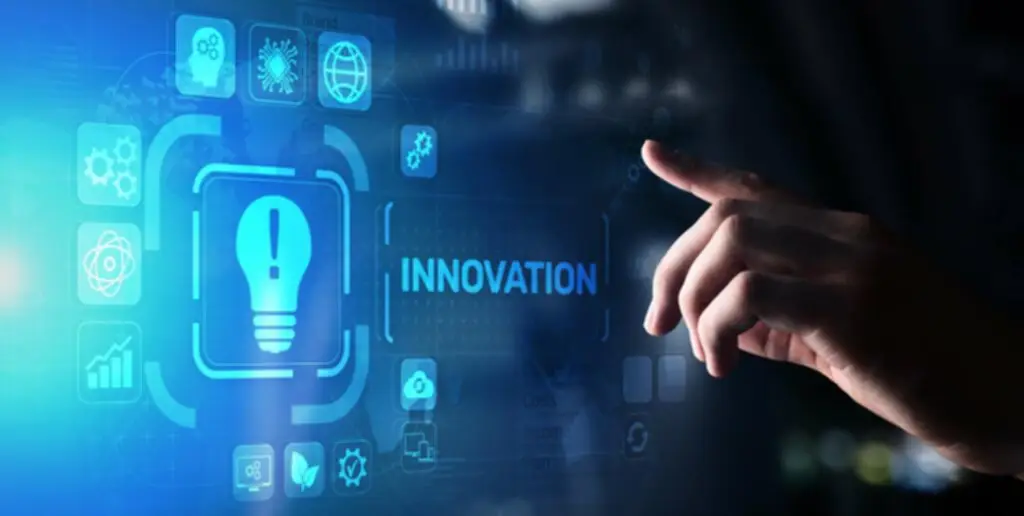Lastly, when a non-conformance reaches your customer, it introduces enterprise risk within the type of lost goodwill or model reputation. If that product is not 100 percent inspected and it’s distributed to your buyer, then you’ve potentially introduced Consumer Risk or Product/Reliability Threat. When process functionality is poor, the chance for non-conforming material increases, thus threat will increase. So we are going to focus right here on the concept of course of capability and its relationship with risk; particularly, the “likelihood” element of risk.

What Is The Purpose Of Quality Danger Management?
The aim may be to enhance product high quality, comply with regulatory requirements or restrict security risks. HAZOP is used to establish and evaluate potential hazards and operability issues in processes. It involves a structured and systematic examination of a course of design to determine deviations from normal operation and their causes. HAZOP aids in figuring out potential security and operational issues early in the design section and implementing measures to address them. The second quality danger management precept means that the quantity of effort and detail put into managing risk ought to match the seriousness of the chance. Not all dangers are equal; some might have a minor impact, while others could be very critical.
High Quality Threat Administration: Rules, Strategies & Finest Practices
As we create documentation (Procedures or Work Instructions) for our processes, we’re mitigating the risk that our process shall be performed incorrectly, which could doubtlessly lead to product that doesn’t meet our customers’ wants. Good communication also opens up a dialogue between the risk administration group and the interior stakeholders that might have related enter or be able to present session on the general product or process. The normal goes on to additional say that “The success of threat administration will depend upon Software Development the effectiveness of the management framework providing the inspiration and arrangements that can embed it throughout the organization in any respect levels“.
Nonetheless, there’s a lack of consensus on size, location, analysis and administration of RSF. Danger Management is defined because the systematic application of administration insurance policies, procedures & practices to the tasks of assessing, controlling, monitoring, speaking & reviewing danger throughout the lifecycle of a services or products. A tool may be as easy as a memo to seize a risk decision to something more formal and sophisticated such as the widespread FMEA device. Part 5 and Annex 1 of the new revision of ICH Q9 provide complete examples of tools that can be considered and used as building blocks for the ideal software for the chance assessmentbeing undertaken. The systematic utility of high quality administration insurance policies, procedures, and practices to the duties of assessing, controlling, speaking, and reviewing danger. Assessing and controlling dangers ultimately leads to reducing process variability and bettering process functionality.
Hold these activities (identifying, assessing, controlling, mitigation, speaking & reviewing risk) in thoughts as we discuss the combination of threat management into the High Quality System. Introducing new danger management practices may be troublesome, especially in organisations where techniques are established and deeply embedded. New instruments and methodologies staff are unfamiliar with or afraid of ‘sticking a finger in’ may be hard to adopt.
- Ventures that use risk based mostly pondering have contingency plans and failsafe to these potential failures.
- Efficient risk management ensures sound economic analysis and accountable funding selections.
- What you must begin to see is how lots of the various quality processes & techniques significantly contribute to those actions within risk management.
- The first step is establishing quality goals, adopted by identifying and assessing quality dangers, which offer the basis for the design and implementation of responses, the final step.
Month-to-month Management Ideas

Assumptions also present further bricks within the boundary offered by the scope and danger question and help in the identification of routes to avoid, thus making the method extra efficient. Assumptions help one to concentrate on the danger assessment task at hand, which ultimately makes the danger evaluation course of more environment friendly. Nonetheless, QRM methods are a continuous means of monitoring and reviewing dangers, preserving their evolving momentum in line with changing market situations, new regulations, and new applied sciences. Organisations are supported by this dynamic approach to ensuring that they continue to be forward of potential dangers and respond to industry developments, thereby nurturing the potential for long-term resilience. Organisations committing to danger administration and regulatory compliance will boost buyer, regulator, investor, and business partner trust. The company’s robust QRM practices represent the dedication to discovering and implementing the best methods of responding to conditions that can lead to questions of safety, quality points, or insufficient operational resilience.
These people ought to have the appropriate expertise, knowledge and influence to satisfy these roles. In a small firm, this might be the identical individual whereas, in a larger firm, the roles may be split. Smaller fragments (≤ 2 mm) have considerably greater clearance rates than larger fragments. Similarly, Osman et al. 25 noticed a 79% passage rate for RSFs ≤ 4 mm after ESWL, with most fragments clearing inside 4 weeks.

High Quality Threat Management (QRM) is the process of identifying, assessing, and controlling these risks to ensure that merchandise meet the required requirements. This article explores high quality threat management – its core rules, course of, and aims. It also uncovers methods on how to integrate the QRM into industrial processes and operations. The course of is composed of the evaluation, management, communication, and review of quality dangers. Regulatory our bodies worldwide have established stringent standards for product high quality and security.
The review underscores the necessity of optimizing procedural strategies, cautious monitoring, and individualized remedy methods to minimize RSF incidence. It additionally advocates for a systematic method to standardizing RSF definitions by incorporating clinically significant parameters past dimension. This systematic review has demonstrated significant heterogeneity with regard to the monitoring technique and the time of imaging following the intervention in question. By addressing these crucial gaps, this review goals to enhance the quality of research and inform scientific practices for better patient management. Publication of the new revision in January 2023 heralded a new period within the design and implementation of QRM processes and offered a chance for evaluate and re-establishment of the place of QRM all through the pharmaceutical lifecycle.
The new revision of ICH Q9 states that “subjectivity can be launched in high quality threat administration through variations in how risks are assessed and in how hazards, harms, and risks are perceived by completely different stakeholders” (1). This ‘bias’ that has been widespread throughout the applying of QRM in the trade has been one of the hurdles to the implementation of truly effective QRM applications. Section 4.2 of the new revision of the ICH Q9 guideline has provided priceless data referring to this stage of the QRM course of and has also encompassed the requirement to include pertinent assumptions within the risk evaluation plan.
This is the place our supplier administration program can enhance high quality and reduce risk at the similar time. We will follow that up with a review of the Danger Administration course of and the way risk management should be integrated into the High Quality System(QS). The definition of a process flow is key to stopping subjectivity and is relatively easy when it is a recognizable process that is undergoing danger assessment.